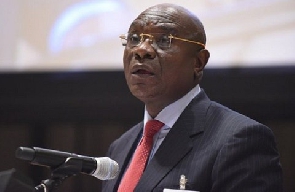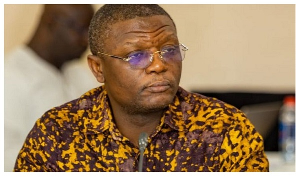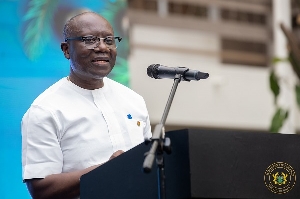By Joe Kingsley Eyiah, Teacher, Brookview Middle School, Toronto
Curriculum is one of the two major pedagogical resources of the school (see Eisner cited in Jackson, 1992:302). The other is teaching. Issues of curriculum such as what students learn, when they learn, where they learn, who teach them, why they learn and what resources are needed, have been discussed since the time Quintillian and Aristotle (Eisner & Vallance, 1974). These early ideas or thoughts on such issues interest me. For, I believe many theories and practices of education that we presently discuss and practice have their roots in early thoughts and theories. For example, “the child-centered orientation can be traced back to the idea of Quintillian, Comenius, Rousseau and Pestalozi, while the society centered orientation emanates from the ideas of Aristotle, Calvin and Jefferson” (Eisner & Vallance, 1974:3). The two orientations have become the major beckons and, in some cases, the contending thoughts for developing curriculum. I think, while the child is central to the curriculum, curriculum developers should not also forget that the child as a learner is being socialized into the society. Thus, it is imperative for conceptualization of curriculum problems to, as Cremin (1976) advocates, ‘look beyond schools and colleges to the multiplicity of individuals and institutions that educate.’ There is therefore the need for curriculum models that take care of both school and non-school education. Non-school curriculums such as those of the families, churches, museums, libraries, factories, radio stations to mention a few, cannot be taken for granted. Educational change should make positive impact for progress in such curriculums as it seeks to do for school curriculum. I argue this from my personal experience as a curriculum developer in Ghana. I worked with the Teacher Education Division of the Ghana Education Service and the Institute of Education of the University of Cape Coast from 1987 to 1989 to develop new curriculum in the arts for Post Secondary Teacher Colleges. In 1992, I also participated in reviewing the new curriculum for Junior and Senior Secondary Schools in the country. In both curriculum developments, educators and curriculum planners vigorously investigated, analyzed and discussed curriculum issues with the purpose of improving school education in Ghana.
When it came to promoting and supporting the non-formal program as part of the education reforms, not the same vigor and attention were accorded to “non-school curriculum” by educators and planner. This was a demonstration of what Beer and Marsh (1988) describe as a “lack of conceptional theorizing, model building, and systematic empirical inquiry into curriculum of non-school education. They assert further, Only school curriculum has been described according to its elements and the perspectives of its teachers and learners. (page 222)
I add my voice to those of Cremin and others in defining, describing and comparing deliberately planned curriculums of institutions other than schools. This may present a problem in how best such non-school curriculum models could be related to the school models. But I see such problem as an opportunity with thorns. As curriculum scholars and researchers the opportunity to explore the area of non-school curriculums is challenging yet reassuring. Such opportunity should be part of any educational change that seeks to bring progress to the society. I therefore call for adequate resources and research by the Ministry of Education to improve the Non-Formal Education Program in Ghana
Could a school curriculum model contribute to the study of non-school curriculum? To answer this question, I draw attention to the five curriculum orientations identified and discussed by Eisner and Vallance (1974) for curriculum change in schools:
a) cognitive process approach: emphasis on helping the individual child learn how to learn;
b) self-actualization: has to do with providing the learner with personally satisfying experiences by giving much emphasis on what to learn;
c) curriculum as technology: emphasis on technology by which knowledge is communicated and facilitated;
d) curriculum for social reconstruction relevance: emphasis on social needs over individual needs;
e) curriculum as academic rationalism: gives much emphasis on academic subjects.
I have outlined these conceptions of curriculum to show how curriculum is perceived and understood differently. This has resulted in various conflicting conceptions of curriculum (see Vallance, 1986). My purpose here is not to stir the muddy waters which have characterized the conceptions of curriculum.
I think, curriculum should be understood in terms of the socio-cultural contexts of the place where it is developed, for whom it is developed, who the implementers are, and what the available resources are. I believe in curriculum change that guides against the following fallacies as raised by Eisner & Vallance (1974):
a) formalism: emphasizes how learners should learn and ignores what they learn;
b) content: emphasizes what learners learn not how they learn;
c) universalism: deals with universal importance of subject matter regardless
of experience and characteristics of learners.
Educators and policy makers who initiate educational change should guide against falling within one or more of the aforementioned fallacies. They would if they advocate for only one of the conceptions of curriculum without considering the others. Change, should, therefore, be conceived as being multidimensional.
Opinions of Sunday, 29 March 2009
Columnist: Eyiah, Joe Kingsley


















